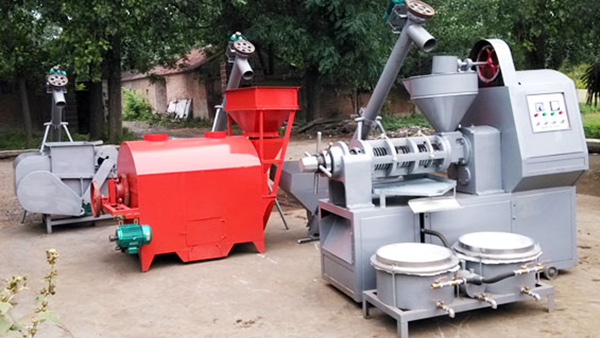Soybean oil extraction machinery is a vital innovation in the food industry, responsible for transforming raw soybeans into high-quality oil. Understanding the methods and applications of these machines not only maximizes productivity but also ensures superior oil quality.
The extraction process can be classified into two main methods: pressing and extraction.
The pressing method is a physical process that retains most of the nutrients found in soybeans. Initially, soybeans are cleaned and crushed, followed by a pressing phase that uses mechanical force to extract the oil without any additives. This method results in high-quality virgin oil, perfect for culinary applications.
Alternatively, the extraction method employs chemical solvents to maximize oil yield. Although this technique delivers a higher quantity, extra refining steps are necessary to ensure purity and safety for consumption, which can significantly enhance storage longevity.
Versatile and automated, these machines cater to various oil crops beyond soybeans, including rapeseed, peanuts, and sunflower seeds. This flexibility allows businesses to adapt to market demands and achieve optimal pressing results regardless of their scale.
In summary, selecting the appropriate extraction method is crucial for adhering to product quality requirements and market expectations. Investing in soybean oil extraction machinery offers remarkable returns, enabling producers to meet the growing demand for high-quality edible oil.



